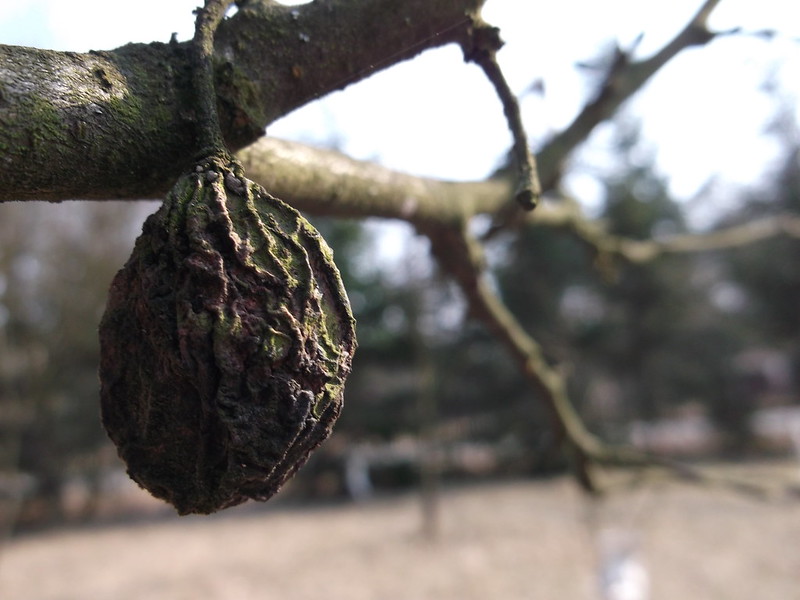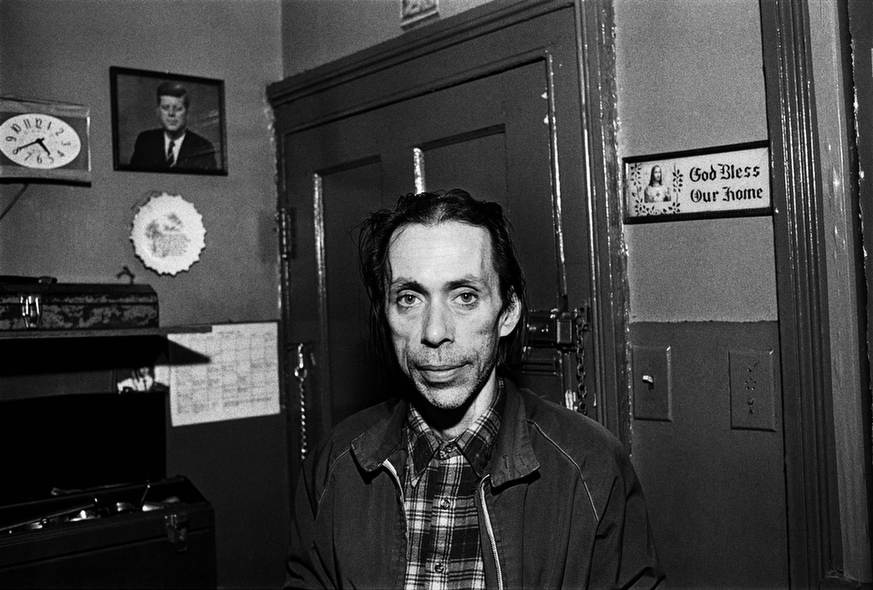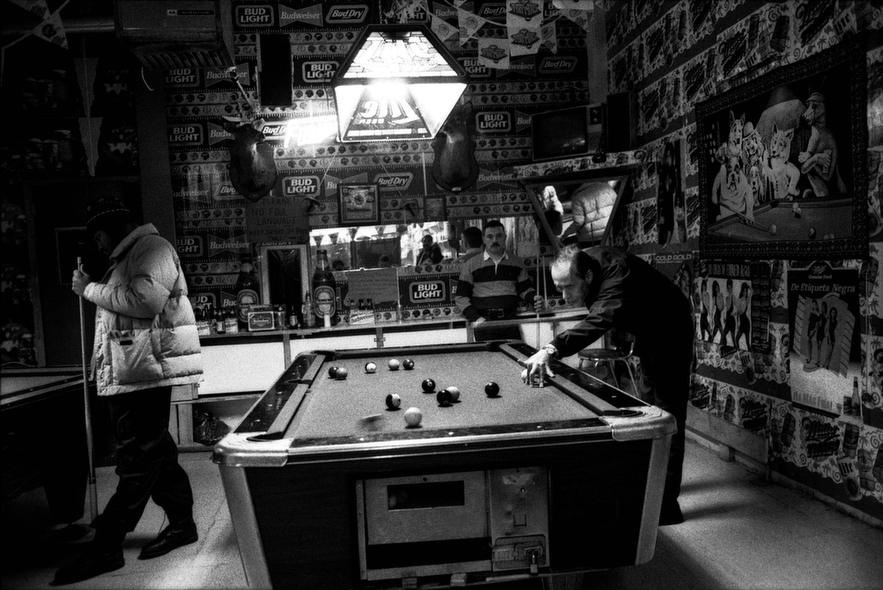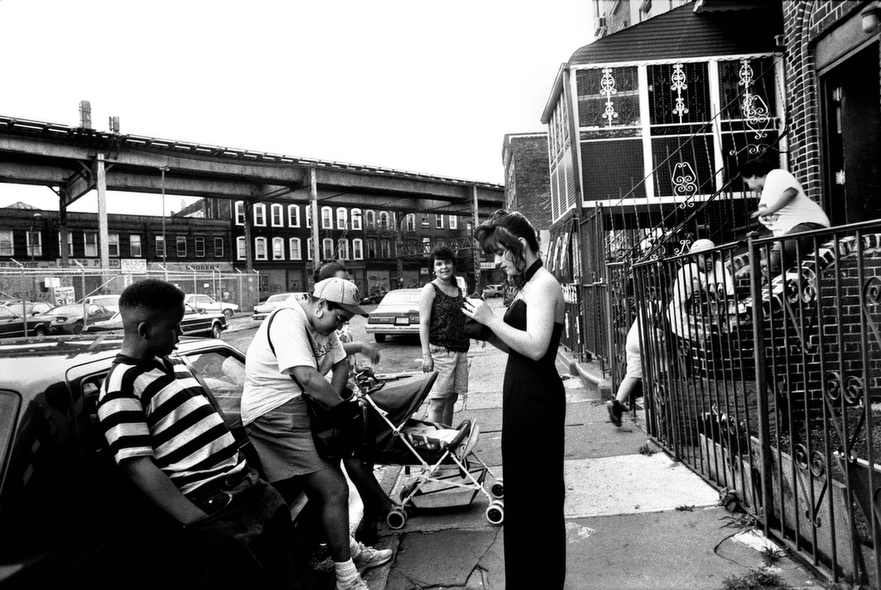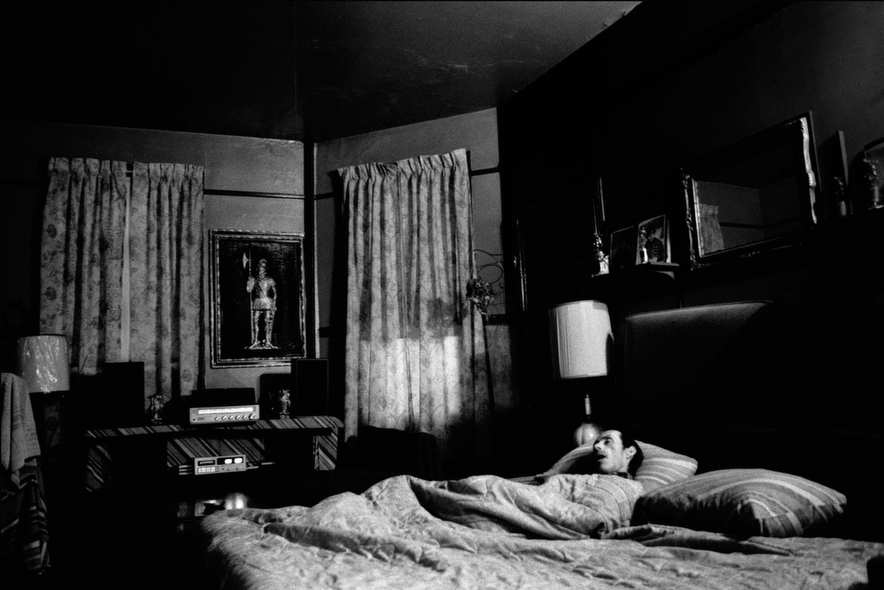Legal Pot Draws Lawyers, Wall Street to Washington
Customers have been drifting into Jay Fratt’s alternative pipe and tobacco shop, Smokin J’s, in the days since Washington state’s marijuana law took effect, wondering when cannabis would take its place on the shelves next to the handblown glass pipes.
Hold on, he told them. Fratt is, before anything else, a businessman, and he quickly realized there was a lot of smoke in the details.
First of all, the law setting up the nation’s first legal regulatory system for retail pot won’t allow sales until next year. And the federal government still considers marijuana illegal.
Then there are the taxation provisions: Can legal retailers compete with the black market when they have to pay over 25% in taxes? What about the provision that says marijuana shops can’t stock anything but pot and pot supplies? What would happen to the Vancouver, Wash., shopkeeper’s tie-dye baby jumpsuits, his “Stoner” trivia games, his meditating Buddha tapestries?
The euphoria that accompanied the debut of the initiative making it legal inWashington for adults to possess an ounce or less of marijuana faded shortly after midnight Thursday, when about 150 people gathered at the base of the Space Needle in Seattle to toke up in celebration.
By Friday morning, the bureaucrats, the lawyers and the suits from Wall Street were pulling into town as state regulators began setting up what could become a $1-billion industry, built precariously on a product whose possession the federal government considers a felony.
State officials estimate that pot will soon be selling legally for about $12 a gram, with annual consumption of 85 million grams — a potential bonanza in state tax revenue of nearly $2 billion over the first five years.
“I’m telling my clients, if I had a collective and I knew that legalization was coming and I knew they were going to be licensing people and I was already in the business, I’d be one of the first people going to apply for a license,” said Jay Berneburg, a Tacoma, Wash., lawyer who held a seminar recently about getting into the retail trade.
“You could make a million dollars in five days. There’s going to be people lined up to buy marijuana, just because they can,” he said.
Venture capitalists are moving in. Brendan Kennedy and Michael Blue, two Yale University MBA graduates with backgrounds in Silicon Valley, have raised $5 million through their private equity firm, Privateer Holdings, believed to be the first in the nation to focus strictly on marijuana-related companies.
“We realized this was and is the biggest opportunity we think we’ll probably see in our lifetimes,” Blue said.
Their first acquisition was
Leafly.com, a website that rates strains of marijuana for their medicinal properties. Users can plug in their ZIP codes and find out which products available in their areas produce the effects they’re looking for, from “giggly” to the ability to treat migraines.
Vaporizers are another product they’re looking at — anything that doesn’t directly involve buying or selling marijuana. Privateer is offering investors the chance to make money in an arena most venture capitalists can’t touch under standard partnership agreements, which normally spell out that investments not in compliance with federal law are prohibited. That means, they figure, an opportunity for stunning profits with little competition from other investment firms — though one has to listen to a lot of Bob Marley at trade shows.
“I’ve studied a lot of industries. I’ve never seen one that had this unique set of circumstances,” Kennedy said. “It’s highly fragmented, it’s very unstructured, there’s no leaders, there’s no standards. The entire topic is taboo, and there’s no involvement by Wall Street … which is a unique opportunity, right?”
The state Liquor Control Board is asking for a staff of 40 to help set up a network of possibly 300 or more state-licensed retail stores. The board must also figure out how to regulate growers and packagers.
That process will take much of the next year. Though it has been legal since Thursday for adults to use small amounts of marijuana away from public view, they can’t buy it, sell it or grow it until regulations are in place. Exemptions remain for medical users under existing law.
Read More:
HereSource:
Legal Pot Draws Lawyers, Wall Street to Washington









